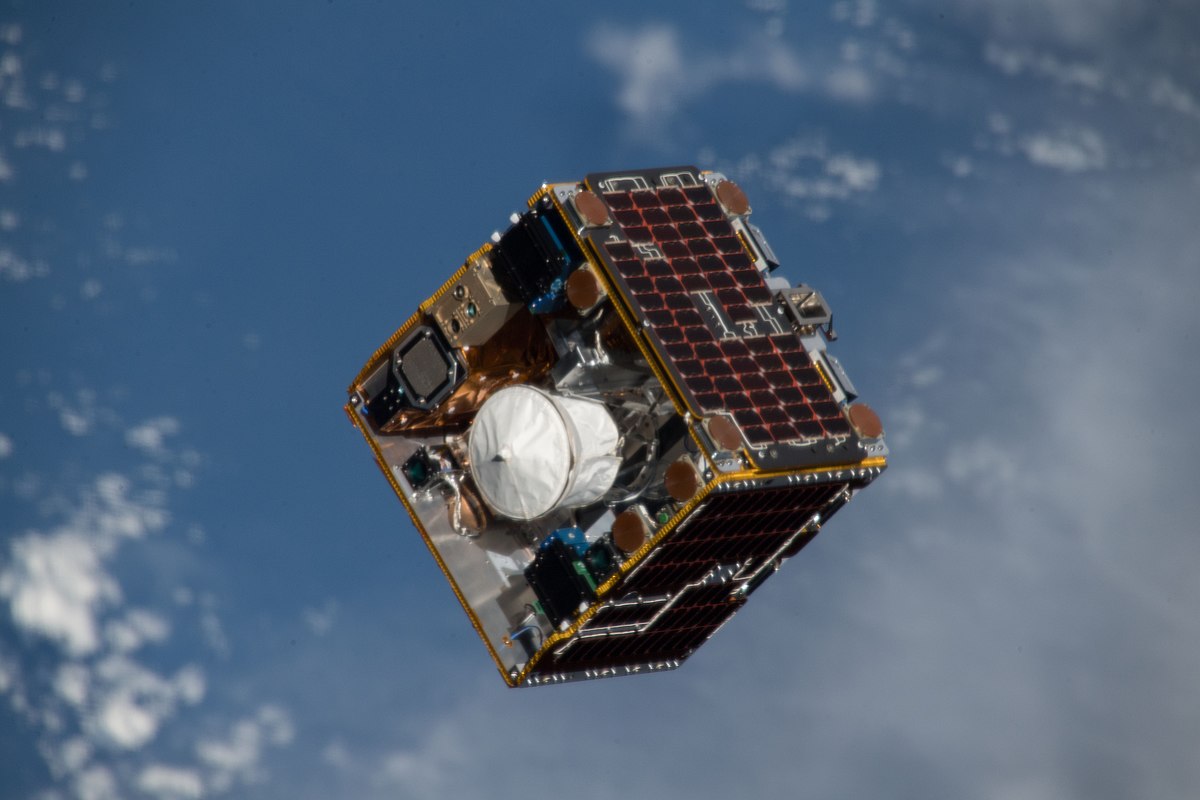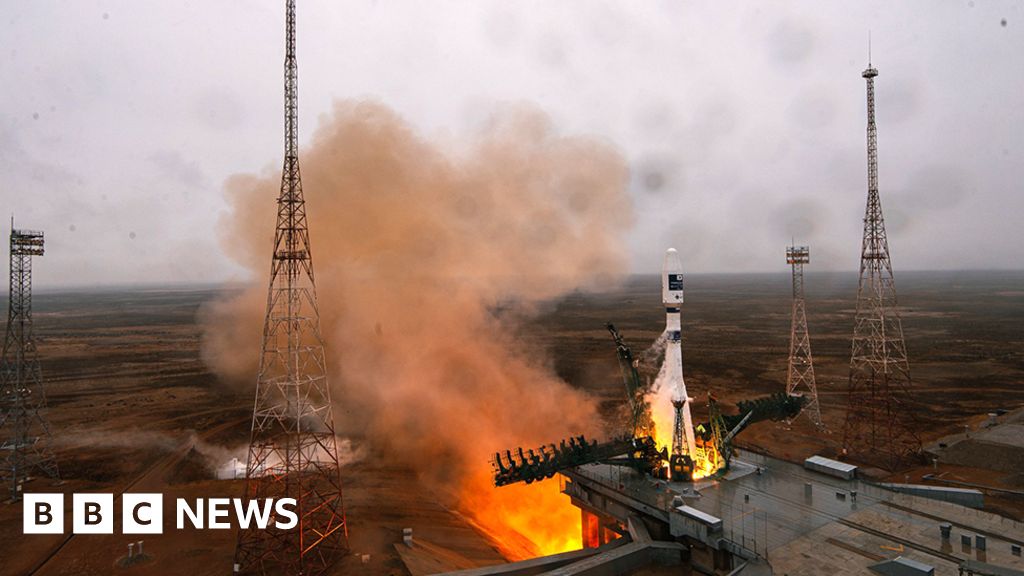OneWeb foreclosure illustrates the danger of phantom satellites leftover from the collapse of service providers.
It's in my belief that something like a federal agency but world scale should guarantee for the public the safe removal of abandonned redundant satellites.
IMOHO it could be financed by a ratio taxed on satellite value (non-military).
Hence the SJA, the Space Junk Agency we need (edit: @Archibald suggests SAFESAT for name).
Does it exist already on one form or another? What's your point of view on the subject? What could be the negative impact on the business?
And for God sake, nothing remote like an EU agency!
It's in my belief that something like a federal agency but world scale should guarantee for the public the safe removal of abandonned redundant satellites.
IMOHO it could be financed by a ratio taxed on satellite value (non-military).
Hence the SJA, the Space Junk Agency we need (edit: @Archibald suggests SAFESAT for name).
Does it exist already on one form or another? What's your point of view on the subject? What could be the negative impact on the business?
And for God sake, nothing remote like an EU agency!
Last edited:







